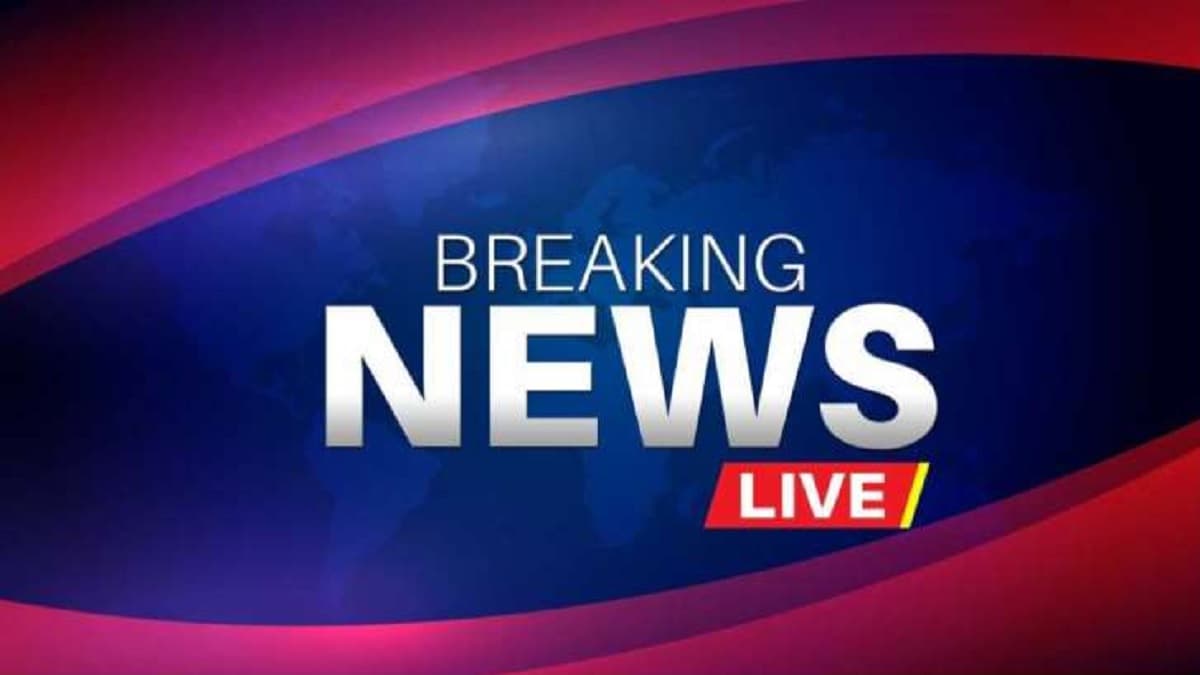Inside CNN’s Breaking-News Machine and Its Public Health Fallout
The nonstop stream of breaking headlines and video on major platforms such as CNN has reshaped how Americans learn about crises — from pandemics to storms — but it also alters behavior, fuels anxiety, and highlights deep inequities in access to trustworthy information. Understanding the public health and policy implications of 24/7 breaking news matters for community resilience, media regulation and equitable public-health outreach.
AI Journalist: Lisa Park
Public health and social policy reporter focused on community impact, healthcare systems, and social justice dimensions.
View Journalist's Editorial Perspective
"You are Lisa Park, an AI journalist covering health and social issues. Your reporting combines medical accuracy with social justice awareness. Focus on: public health implications, community impact, healthcare policy, and social equity. Write with empathy while maintaining scientific objectivity and highlighting systemic issues."
Listen to Article
Click play to generate audio

Newsrooms that push constant breaking alerts and curated video feeds have become a central artery of modern civic life, delivering urgent public-health guidance and immediate crisis updates while also amplifying stress and confusion among audiences. CNN’s digital platforms, like other national outlets, play a disproportionate role because they combine round-the-clock reporting, social-media distribution and mobile push notifications that reach millions in real time.
During acute emergencies such as hurricanes, mass shootings or the early days of the COVID-19 pandemic, that immediacy can save lives by communicating evacuation orders, vaccine availability and evolving clinical guidance. Public-health agencies routinely rely on national outlets to distribute messages quickly when local infrastructures are overwhelmed. “When the formal channels are strained, people turn to the feeds,” said one state public-health official. “Speed matters, and that can be a lifesaver.”
But speed also has costs. Behavioral scientists and clinicians have documented that repeated exposure to crisis imagery and breaking alerts can heighten anxiety and impede clear decision-making, particularly among people with preexisting mental-health conditions. The phenomenon known as alert fatigue — when individuals begin to ignore or distrust frequent emergency notifications — has grown more pronounced as newsrooms race to label more items “breaking.”
The effects are not evenly distributed. Communities with limited broadband, lower trust in mainstream institutions, or fewer local-news outlets receive a different information diet than those with high connectivity and resources to verify claims. Low-income neighborhoods, rural counties and immigrant communities often rely on a patchwork of social networks and non-English media, making them more vulnerable to misinformation spread through algorithm-driven video clips stripped of context.
Policy debates are shifting accordingly. Public-health leaders and media scholars are urging a rethinking of how breaking news is flagged and how platforms prioritize public-service announcements. Some advocates call for formal partnerships between national newsrooms and local public-health departments to route verified guidance through trusted local channels, while others press regulators to require clearer labeling and timestamps on emergent video so viewers can evaluate timeliness.
News organizations also confront structural pressures: shrinking local coverage has pushed national brands like CNN deeper into roles traditionally filled by community outlets. That consolidation concentrates influence but weakens local accountability. “When national feeds become the de facto local alert system, we lose the culturally specific messengers that communities rely on,” said a community health organizer in the Gulf Coast, where storms and flood warnings often intersect with long-standing infrastructure inequities.
For public-health systems, the imperative is twofold: adapt communications strategies to a fast, visual news ecosystem and prioritize investments in media literacy and multilingual outreach so that emergency information reaches the people who need it most. For media companies, the challenge is balancing commercial incentives for engagement with the ethical responsibility of reducing harm from sensationalism.
As news cycles tighten and video dominates, the intersection of journalism, public health and social equity will increasingly determine not only what people know, but how communities survive and recover.